The Cat's Bath: A Guide for Every Fur Length
by Ruby Gin on Dec 11, 2023
Cats are known for their fastidious grooming habits, but there comes a time when a bath is necessary. Whether your feline friend has explored something sticky or needs assistance due to health reasons, understanding the appropriate bathing frequency is essential. In this guide, we'll explore the factors that influence how often you should bathe your cat, with a focus on the distinction between long-haired and short-haired felines.
Long-Haired vs. Short-Haired Cats
Long-Haired Cats: TLC for Luxurious Locks
Long-haired cat breeds, such as Persians and Maine Coons, boast luxurious coats that require extra care. Here's why:
-
Matting and Tangling:
- Long-haired cats are prone to matting and tangling. Regular baths can help prevent these issues and maintain a silky, healthy coat.
-
Shedding Woes:
- The increased length of their fur often means more shedding. Baths aid in keeping their coat free from dirt and debris, reducing shedding-related concerns.
-
Grooming Challenges:
- Long-haired cats may struggle with self-grooming, especially in hard-to-reach areas. Regular baths, coupled with diligent brushing, can help prevent mats and keep their coat in top shape.
Short-Haired Cats: Simplicity in Grooming
Short-haired cat breeds, like Siamese and American Shorthairs, generally require less maintenance. Here's why:
-
Self-Grooming Prowess:
- Short-haired cats are adept at grooming themselves. Their shorter coats are less prone to tangling and matting, reducing the need for frequent baths.
-
Reduced Shedding:
- These cats often shed less than their long-haired counterparts. Their natural grooming habits may suffice to keep their coat in good condition.
-
Less Frequent Baths:
- Short-haired cats typically require baths less frequently. A bath may only be necessary when they encounter something messy or if there's a medical reason to do so.
General Tips for Both Long-Haired and Short-Haired Cats
-
Frequency Based on Need:
- Tailor the frequency of baths to your cat's individual needs. Cats that groom themselves effectively may require fewer baths than those with specific grooming challenges.
-
Regular Brushing:
- Brushing is a crucial aspect of cat care. For both long-haired and short-haired cats, regular brushing helps remove loose fur, prevent matting, and reduce shedding.
-
Consult Your Vet:
- If unsure about your cat's bathing needs, consult your veterinarian. They can provide personalized advice based on factors such as breed, age, and health.
In conclusion, the decision of how often to bathe your cat depends on various factors, including their breed, grooming habits, and health. Whether your feline friend rocks a majestic mane or sports a sleek coat, approach bath time with patience and use cat-friendly grooming products. By understanding your cat's unique needs, you can ensure a positive bathing experience and a happy, healthy pet.
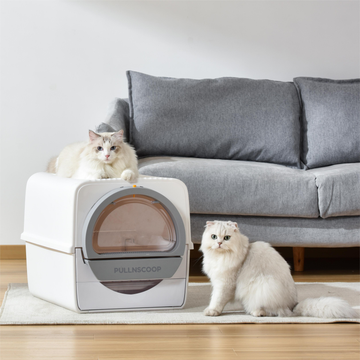
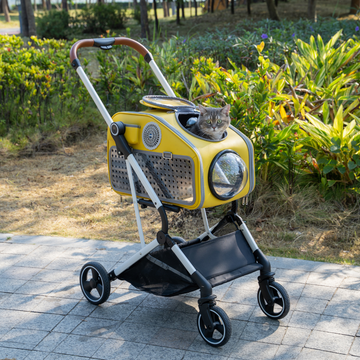
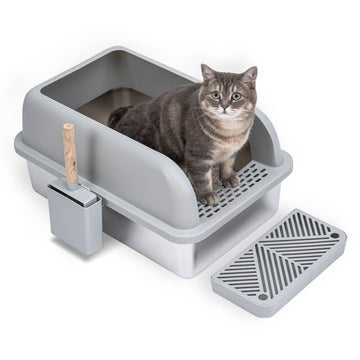
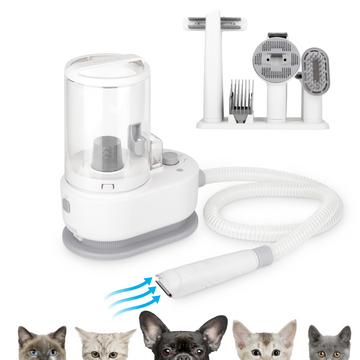


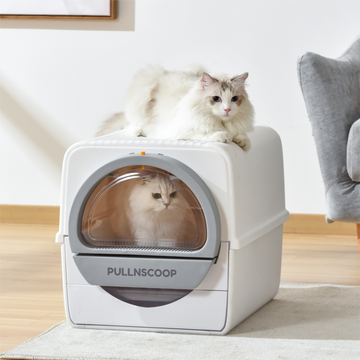
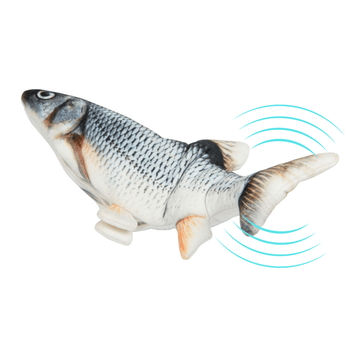

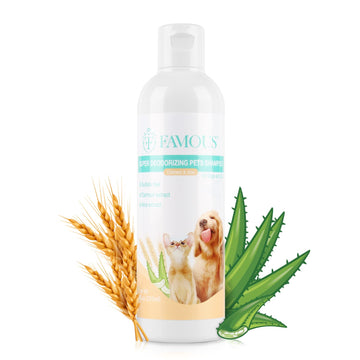
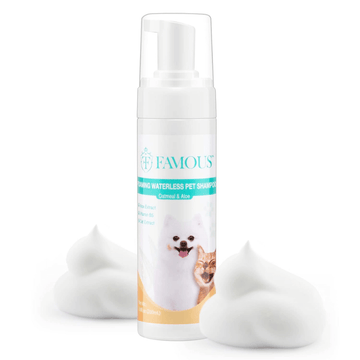
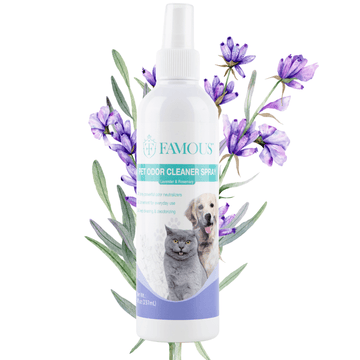


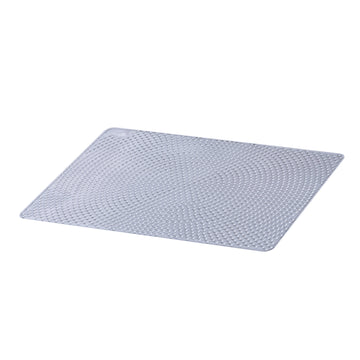


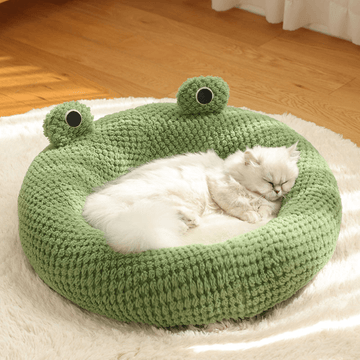

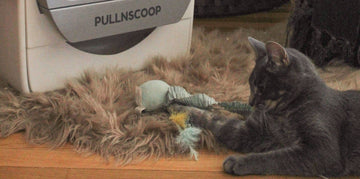
How to Choose the Perfect Stainless Steel Litter Box
Stainless Steel vs Plastic: Choosing the Right Litter Box
Stainless Steel Litter Boxes: Worth the Investment?
Longevity and Durability of Stainless Steel Litter Boxes